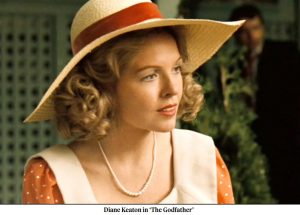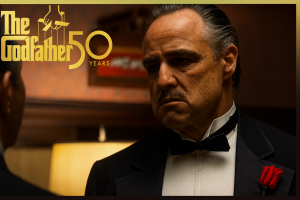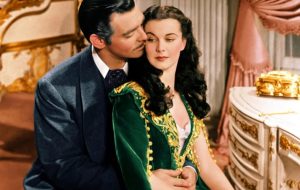
The Godfather is not just a crime story. It is a slow, steady storm that begins with a whisper and ends with a silent scream. Across three films, we watch power grow, love fade, and a family turn into a legend-and then into a warning. The thrill is not in car chases or loud guns. It lives in looks across a table, in a closed door, in a promise that costs too much.
We enter Part I at a wedding, where music plays and deals are made in the dark. Don Vito Corleone speaks softly, and the whole city listens. He gives protection, asks for loyalty, and keeps the peace like a calm river hiding a strong current. His youngest son, Michael, is the clean one-the war hero who says, “That’s my family, not me.” But the street does not care about dreams. When Vito is attacked, the masks fall. Michael steps forward, not because he wants to, but because the family needs him.
The famous diner scene is the turning point. Time slows. A train rumbles somewhere far away. Michael makes a choice that cannot be undone. He hides in Sicily, where wind crosses old stone and grief follows him like a shadow. When he returns, the game is already in motion. In a final, chilling montage, enemies fall while holy words echo in a church. The boy at the wedding is gone. A new Don is born behind a closed door, and we feel both fear and awe.
Part II turns the light down even further. Michael now sits at the head of the table in Lake Tahoe. The rooms are wider, the faces colder, the stakes larger. He tells himself he wants to protect the family. But danger comes with a smile: a partner named Hyman Roth, a trip to Cuba where money chases revolution, a Senate hearing that tries to strip him bare. There is betrayal, not from strangers, but from the person he most wants to trust. The tension is not only “Who will strike?” but “What is left of Michael when the striking is done?”
Running beside this is another tale-the rise of young Vito. A small boy escapes Sicily and learns New York one quiet step at a time. He watches, he waits, he helps, he remembers. His power grows through small acts of care and carefully chosen threats. Vito builds a world where respect and fear hold hands. These back-and-forth chapters are like two mirrors facing each other-Vito’s soft strength creating a legacy, Michael’s hard strength breaking it apart.
By the end of Part II, winter owns the frame. The house is big, but it feels empty. Snow falls outside while Michael sits in a dark room, more ruler than son, more king than brother. We see a flash of the old days, the family around the table, joy before duty. Then we return to the present, where silence wins. It is a thriller where the loudest sound is the click of a man closing himself off from everyone he loves.
Part III is the reckoning. Michael is older now, and guilt weighs more than gold. He wants to go straight, to bless the family name through a grand business deal tied to the Church. But sin has a long memory, and clean hands are hard to keep. New blood enters: Vincent, hot-tempered and brave, the spark of Sonny in a sharper blade. The family tries to rise, but every step up shakes old ghosts loose. Love is there-between father and daughter, former husband and wife-but it walks on thin ice.
The final act unfolds at an opera, where music swells and fate catches up. Cross-cuts slice between art and violence, between stage and street. The editing is a heartbeat, the images a confession. When the last note fades, the price is paid. The Godfather does not end with triumph. It ends with the cold truth that power always asks for more than you think-and always takes it.
What makes all three films thrilling is not shock. It is control. The camera lingers. The light is warm but heavy, turning faces into masks and rooms into pressure cookers. We hear the low hum of a room before we hear a threat. Nino Rota’s music floats like smoke-simple, sad, unforgettable. The action arrives in sudden bursts, then disappears, leaving us to sit with the choices that brought it. Violence is shown like a ritual, not a spectacle. Each scene feels like a move in a long game where love and duty never share the same square.
Across the trilogy, one theme returns again and again: family versus the self. Vito protects by holding the world close. Michael protects by pushing the world away. Vito’s power is a net; Michael’s is a knife. The thrill comes from watching the knife cut through the net strand by strand. We hope, for a moment, that the blade will stop. It never does.
And yet, there is beauty. The films find poetry in small gestures: a hand on a shoulder, a door opening, a door closing. They ask simple, hard questions: What would you do for the people you love? What would you give up to keep them safe? When does “for the family” become an excuse? The answers land softly at first, then hit like a weight you cannot lift.
In the end, The Godfather trilogy is the rise and fall of a house built on loyalty and fear. Part I shows the crown being placed, Part II shows the heart being sealed, Part III shows the bill coming due. It is a cinematic thriller made of quiet rooms, careful words, and moral cliffs. You turn each page-not to see who dies next, but to learn what each death means for the soul that ordered it. When the credits roll, the storm is over, yet the air still buzzes. You sit there, hearing that soft door click in your mind, and you understand: the most dangerous power does not shout. It whispers-and you listen.





